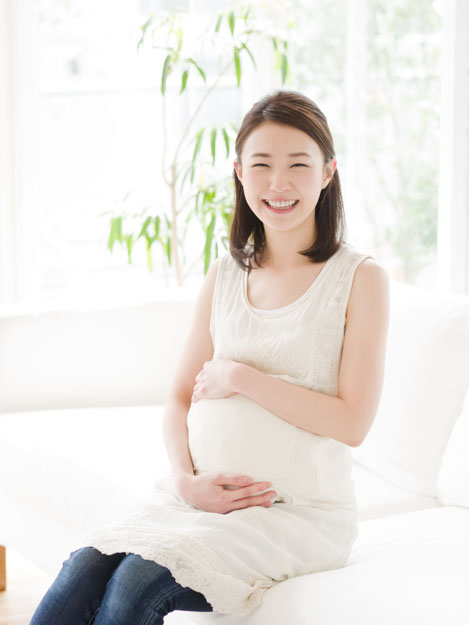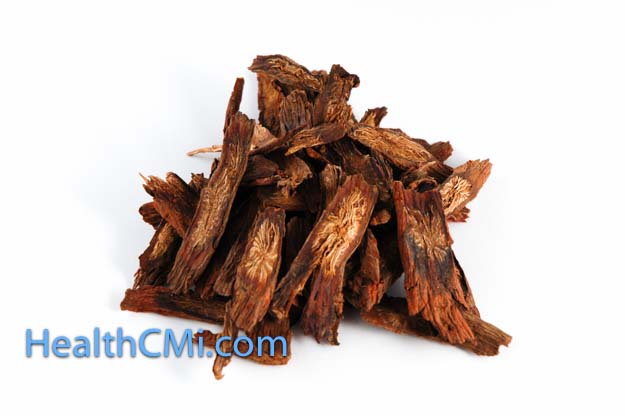Researchers find acupuncture and herbal medicine effective for PCOS patients in improving fertility and gynecological health.
Acupuncture, herbs, and therapeutic exercises outperformed drugs for PCOS patients resulting in important improvements. Pregnancy rates, ovulation rates, endocrine secretions, and clinical symptoms improved significantly using a Traditional Chinese Medicine (TCM) protocol.

Acupuncture and herbs improve pregnancy rates for PCOS (polycystic ovarian syndrome) patients. Chengdu University of Traditional Chinese Medicine researchers investigated ovulation and pregnancy rates. Group one received acupuncture, herbal medicine, and therapeutic exercises. Group two received cyproterone acetate / ethinylestradiol tablets and metformin. The acupuncture, herbs, and exercise group slightly outperformed the drug group.
The combination of acupuncture, herbs, and therapeutic exercises produced higher rates of ovulation and pregnancies in PCOS patients. The combined Traditional Chinese Medicine (TCM) protocol produced a 46.92% ovulation rate and a 32.16% pregnancy rate. The medication protocol had a 40.61% ovulation rate and a 30.16% pregnancy rate.
For patients in the TCM protocol group, acupuncture was applied to following acupoints:
- Guanyuan, CV4
- Sanyinjiao, SP6
- Shenshu, BL23
Mild reinforcing and reducing manual acupuncture techniques were applied to the needles. Manual stimulation was applied every ten minutes and total needle retention time was thirty minutes. Acupuncture was initiated on the second day following completion of menstruation and treatments were applied until the first day of the next menstruation cycle.
The exercise component consisted of a slow jog, five days per week, for 2000 meters within thirty to thirty-five minutes. Exercise was stopped during menstruation and resumed afterwards. Herbal medicine consisted of the following ingredients prepared into a decoction:
- Huang Qi (Radix Astragali Membranacei) 30 g
- Bai Zhu (Rhizoma Atractylodis) 30 g
- Shan Zha (Fructus Crataegi) 30 g
- Dan Shen (Radix Salviae Miltiorrhizae) 30 g

Decoctions were brewed based on standard protocols. Each brew was divided into two 100 ml portions to be consumed orally in the morning and at night. Herbs were not taken during menstruation. Data was tabulated including results from transvaginal ultrasonography and measurements of the following:
- human chorionic gonadotropin (hCG) hormone
- body mass index (BMI)
- ovarian volume
- follicle stimulating hormone (FSH)
- luteinizing hormone (LH)
- testosterone (T)
- fasting plasma glucose (FPG)
- fasting insulin (FINS) level
- insulin rating changes
- pregnancy rates
- ovulation rates
Acupuncture plus herbal medicine and therapeutic exercises resulted in higher ovulation and pregnancy rates than drug therapy. The findings are consistent with prior research. Sun et al. conclude that acupuncture facilitates “the normal transformation of ovarian androgen to estrogen” and regulates cytochrome P450 (CYP), an oxidative enzyme. Jedel et al. conclude that electroacupuncture improves menstrual frequency, balances sex steroid levels, and reduces acne in women with PCOS.
At the Healthcare Medicine Institute, we have published numerous research articles on the efficaciousness of acupuncture and herbal medicine for the treatment of PCOS. In addition, we offer acupuncture continuing education online courses featuring the treatment of PCOS. The course entitled Polycystic Ovarian Syndrome focuses on biomedicine and Traditional Chinese Medicine for the treatment of PCOS.
References:
Bai, S. L., Jiang, X. H., Li, Y. L., Huang, W. Q., Wang, L. & Liu, X. Z. (2014). The effect of weight-loss herbal decoction combined with acupuncture and exercise on endocrine markers and pregnancy outcomes in non-obesity patients with polycystic ovary syndrome. Chinese Journal of Family Planning. 22(8).
Diamanti-Kandarakis E, Papavassiliou AG. Molecular mechanisms of insulin resistance in polycystic ovary syndrome. Trends Mol Med JT – Trends in molecular medicine, 2006, 12(7):324.
Sun, J., J. M. Zhao, R. Ji, H. R. Liu, Y. Shi, and C. L. Jin. "[Effects of electroacupuncture of" Guanyuan"(CV 4)-" Zhongji"(CV 3) on ovarian P450 arom and P450c 17alpha expression and relevant sex hormone levels in rats with polycystic ovary syndrome]." Zhen ci yan jiu= Acupuncture research/[Zhongguo yi xue ke xue yuan Yi xue qing bao yan jiu suo bian ji] 38, no. 6 (2013): 465-472.
Elizabeth Jedel, Fernand Labrie, Anders Odén, Göran Holm, Lars Nilsson, Per Olof Janson, Anna-Karin Lind, Claes Ohlsson, and Elisabet Stener-Victorin. Impact of electro-acupuncture and physical exercise on hyperandrogenismand oligo/amenorrhea in women with polycystic ovary syndrome: a randomized controlled trial. Am J Physiol Endocrinol Metab 300: E37–E45, 2011.


